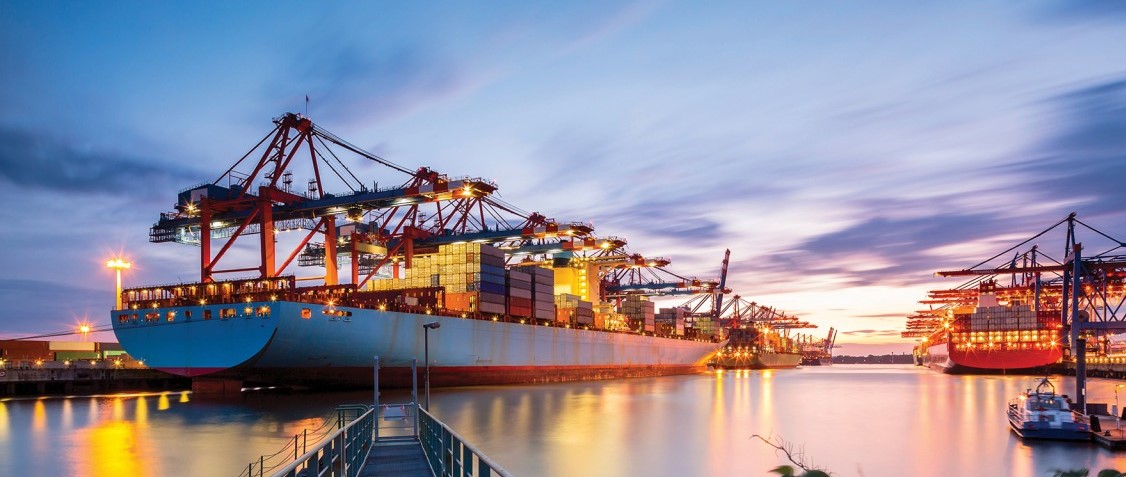Rethinking supply chains
September 4, 2018 | Expert Insights

The US-China trade war has disrupted the complex supply chains which stretched from the Pearl River Delta to California.
Washington is looking at Vietnam favourably, but China remains the dominant manufacturer on the planet.
Background
President Trump is known to have a protectionist outlook on trade. On the campaign trail, he promised tariffs against countries such as China, whom he blamed for the loss of jobs in the US. He also said that other countries were "dumping vast amounts of steel all over the United States, which essentially is killing our steelworkers and steel companies”.
Since taking office, Trump has withdrawn from the Trans-Pacific Partnership (TPP, and initiated the renegotiation of the North Atlantic Free Trade Agreement (NAFTA). In recent months, experts have begun sounding the alarm about an impending global trade war. These fears solidified in March, when Trump announced global import tariffs of 25% on steel and 10% on aluminium. The President cited “national security” in order to circumvent WTO commitments.
Since then, tensions have escalated. The US has imposed tariffs worth over $150 billion; Beijing responded with $50 billion worth of tariffs. The dollar has consequently strengthened in the past few months, while Asian markets have hit a slump.
Analysis
The escalating US-China trade war is pushing China-based manufacturers and their US clients to rethink the complex and extensive supply chains that bind the world’s two biggest economies together.
The Trump administration has so far levied 25% tariffs on $50bn of Chinese industrial goods and is considering putting similar tariffs on another $200bn of Chinese exports, punishing Beijing for “unfair trade practices” including forced technology transfers and intellectual property theft. Most consumer goods have been left off the tariff lists to reduce the pain felt by US consumers. But manufacturing and retail executives fear that, with Beijing and Washington both refusing to concede, the range of affected products could widen.
China will remain an important global manufacturing platform for the next decade, but the manufacturers are now looking for low-cost countries and even the US as production hubs. The focus is on Vietnam in the short term, which is helping the US offset impacts from China’s retaliatory tariffs.
China is by far the world’s biggest exporter of manufactured goods. However, some factory owners began moving production to other developing countries such as Bangladesh, Cambodia and Vietnam over the past decade in search of cheaper wages and a hedge against the political and economic risk of a single supplier. Factory owners and US buyers say the trade war will intensify this shift. However, unless companies have existing relationships with factories, suppliers and governments, it is difficult to jump into new developing markets where investment laws are often unclear, and labour and environmental standards lax.
Vietnam has been at the heart of many companies’ “China plus” manufacturing strategies in recent years, attracting investments from the likes of Samsung, the South Korean electronics group, Daikin, the Japanese air conditioning group, and Techtronic.
Despite losing some market share to lower-wage countries, China still accounted for 35% of global clothing exports last year, compared with just 6.5% from Bangladesh, 5.9% from Vietnam and 1.6% from Cambodia. It is in a similar position for office and telecoms equipment, according to the World Trade Organization.
Counterpoint
Due to China’s importance in many technology-based exports, it will be extremely difficult for the US to find replacement suppliers who can match Chinese efficiency. India may be a possible alternative but it lacks the industrial strength and logistical infrastructure to singlehandedly meet US demands.
Vietnam, which the US considers as a viable alternative, has a manufacturing base only in a select few industries. The amount of capital and time US companies will require invest in order to establish a manufacturing hub in Vietnam or India, exceeds the cost of the tariffs presently.
Assessment
Our assessment is that both parties in the trade war will start to feel the bite of tariffs as their supply chains are disrupted. We feel that China and the US will remain steadfast on their tariffs but will hope to negotiate a ceasefire soon, as their economies are deeply linked. We believe that Vietnam and Bangladesh offer a very good short-term solution to the trade war disruptions but they do not have the manufacturing capabilities of China.








Comments